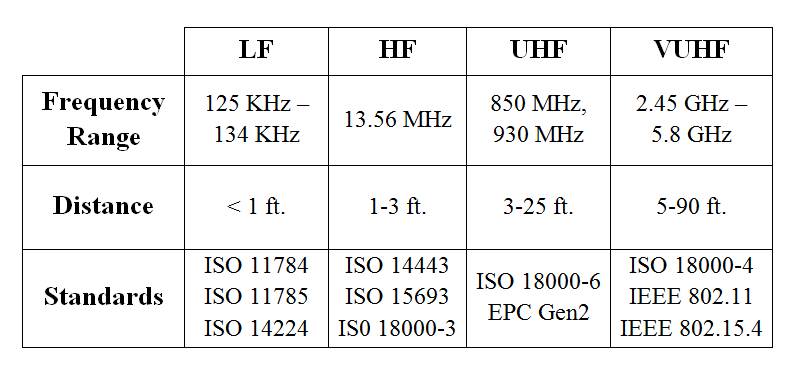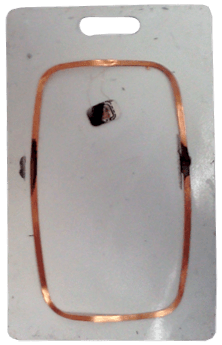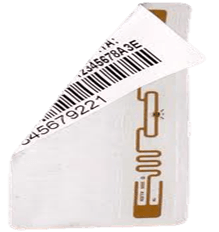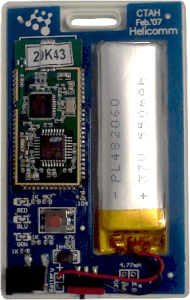Being known as radio frequency identification (RFID) specialists, we get calls all the time about people who would like to use RFID technology to solve all of the worlds problems, one tag at a time. It always delights us to hear the creative ideas customers have for the uses of RFID. At the same time, customers generally lump all RFID technologies into one category. However, the magnitudes of the differences in RFID are similar to those you might find in varieties of plants. Yes, both the Venus Fly Trap and the Giant Sequoia are plants, but they have almost more differences than they do similarities.
Active vs. Passive RFID
This difference is pretty simple. Active tags have a built-in battery, while passive tags do not. Your cell phone can legitimately be considered an active RFID tag – it uniquely identifies its owner and can be tracked using radio frequency technology. Passive tags have no internal power source and are powered from energy collected from the reader. This battery makes a huge difference in the potential read range difference between the two tags. Passive tags often max out with a read range of 30 feet, but in an open field, we have read active tags up to 3,000 feet away!
Because of the battery and associated circuitry, active tags are generally more expensive than their passive counterparts, running from $10 on the cheapest end to hundreds of dollars. The most expensive passive RFID tag has a hard time running more than $10. On the low end, these tags can be purchased for under a dollar, even in small quantities. Lastly, active tags either need to be periodically recharged or will max out with a lifetime of about 5 years. Passive tags, on the other hand, have an unlimited lifetime as long as the tag is not physically destroyed.
There are real benefits to both types of technologies – users generally choose one or the other based on what their functional requirements specify. In our experience, the key markets that active tags are used in are those that require real-time location services (RTLS) – the subject of a future blog post. Another technology we haven’t even mentioned here is the battery-assisted powered (BAP) tag, which is a hybrid of an active and passive tag.
Applications and Frequencies
The frequency that any specific RFID tag might operate on is due to a combination of factors, including, but not limited to, the functional requirements, the environment the tag needs to work in, mounting considerations, physical limitations due to the frequency, and oddly enough, historical considerations. The table below is not exhaustive but provides a good overview of the major frequencies and RFID standards in use today.
The main applications for these different frequencies are described below:
Low Frequency (LF): Access Control, Livestock and Animal Tracking, Laundry.
High Frequency (HF): Smartcards, Supply Chain and Item Management, Passports.
Ultra-High Frequency (UHF): Vehicle ID, Pallet Tracking, Supply Chain and Item Management, DoD.
Very Ultra-High Frequency (VUHF): Vehicle ID, Pharmaceutical Item Tagging.
All of these frequency bands can be used to track people in one way or another. Below are examples of 4 different technologies that have all been integrated into badge technologies.
Examples
These are just some of the main differences between RFID types. Radio frequency identification is not a “one-size-fits-all” technology and starting out with a solid educational background is essential. If you have an idea for using RFID to make the world a better place, please contact us at [email protected]. We would be delighted to help you identify the best technology for your solution.
Also, please enter your email in the form on the top right to be informed when new articles are released.
By David Carta, Telaeris CEO and Liz Womack, Telaeris Marketing Analyst






Comments are closed.